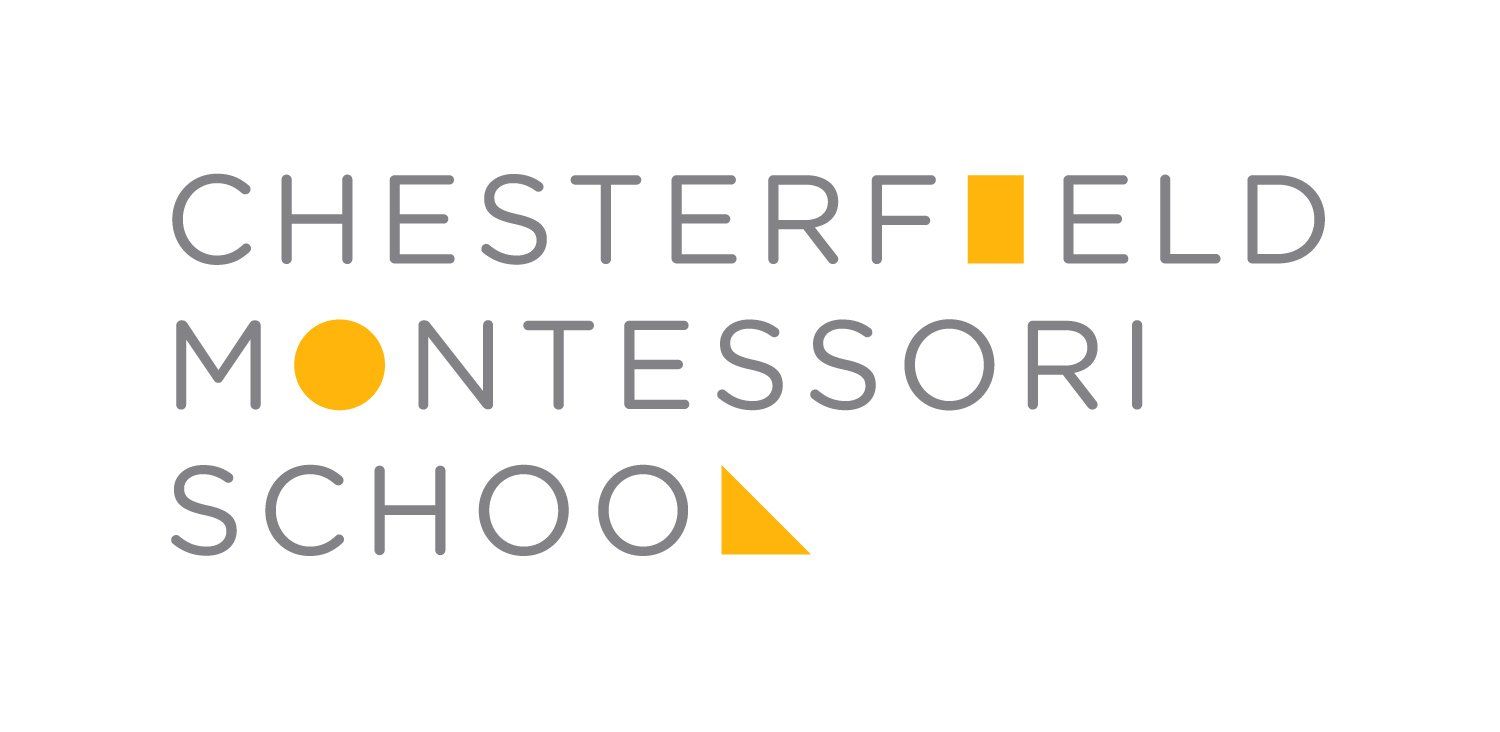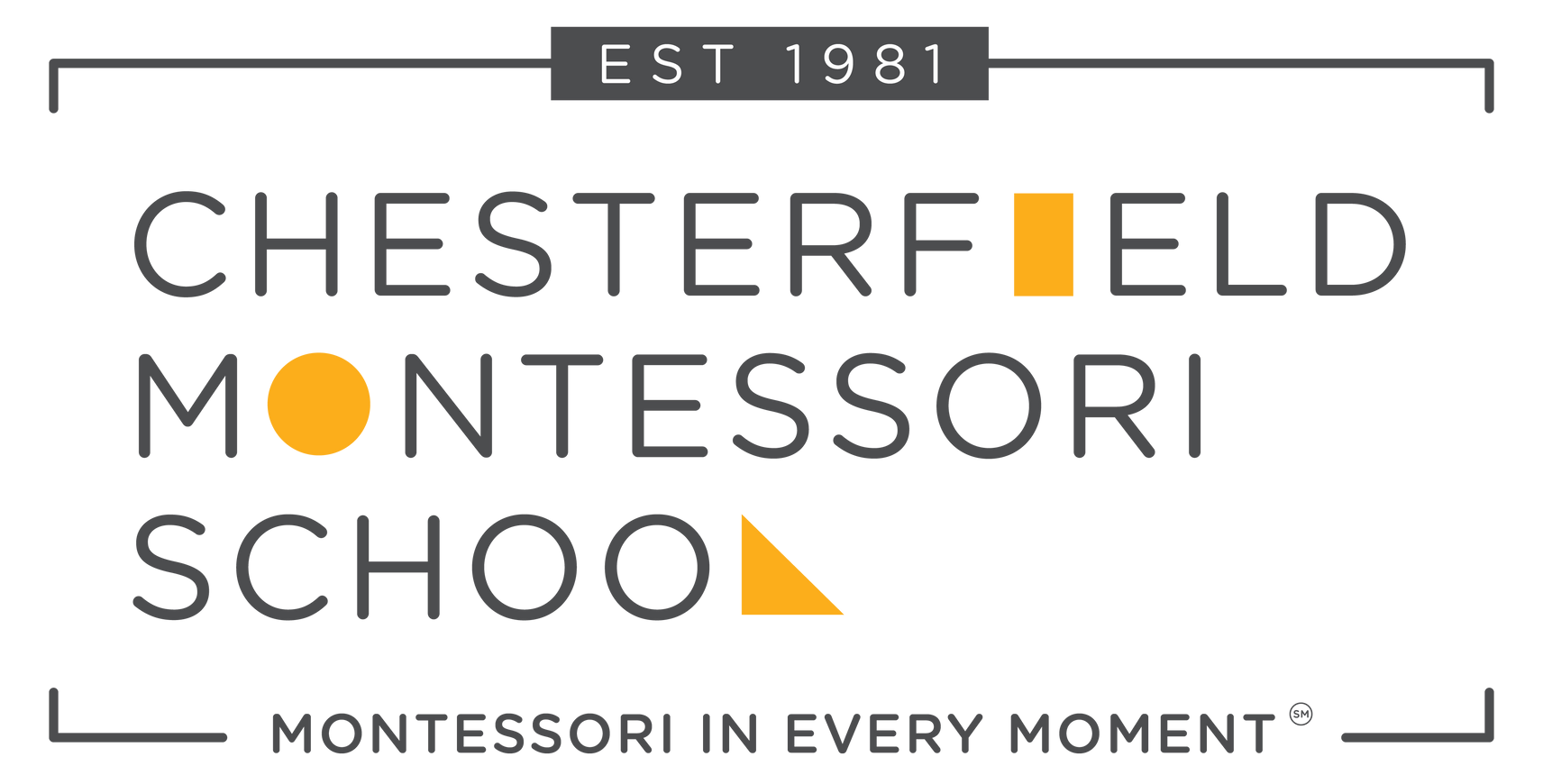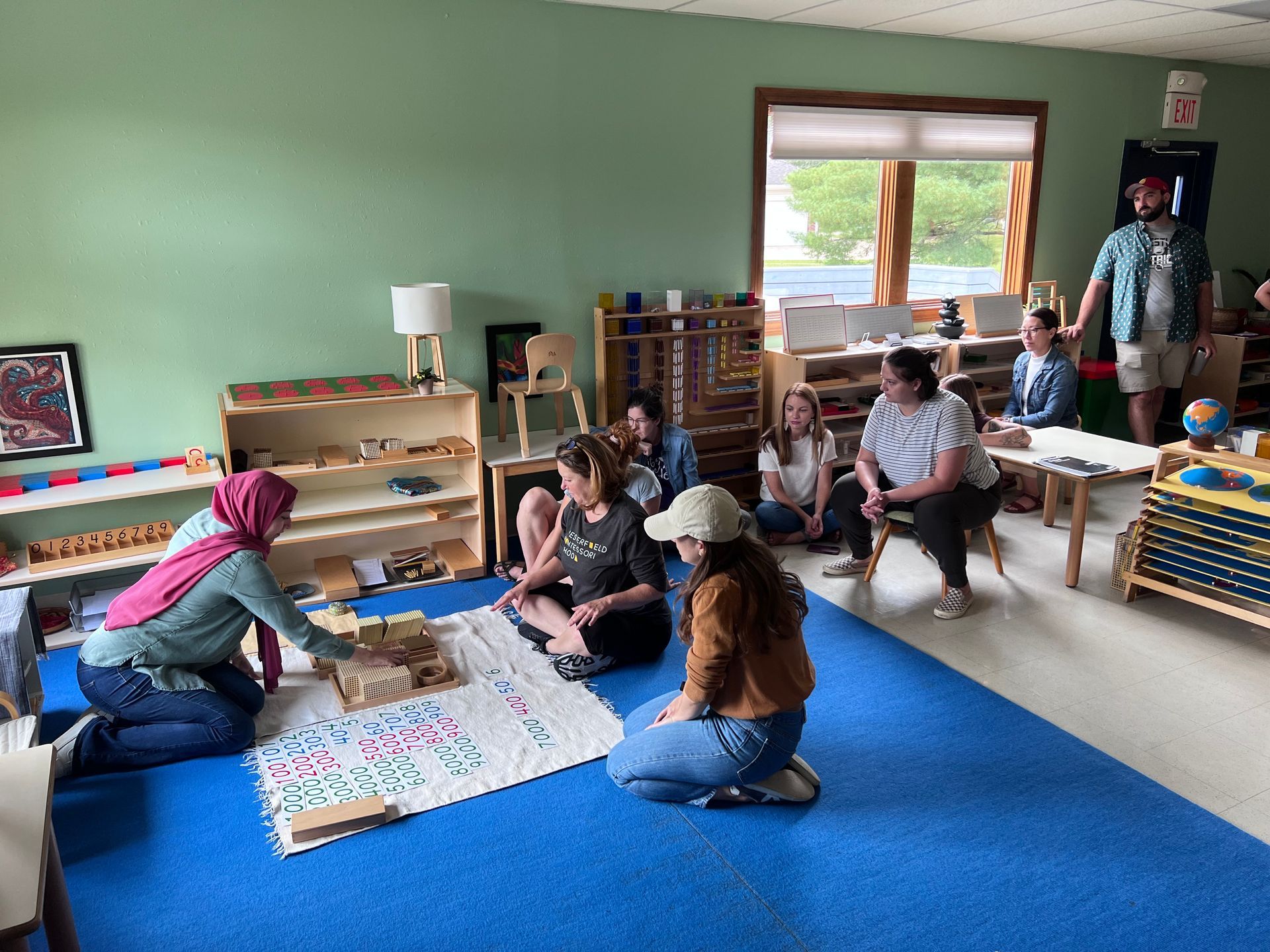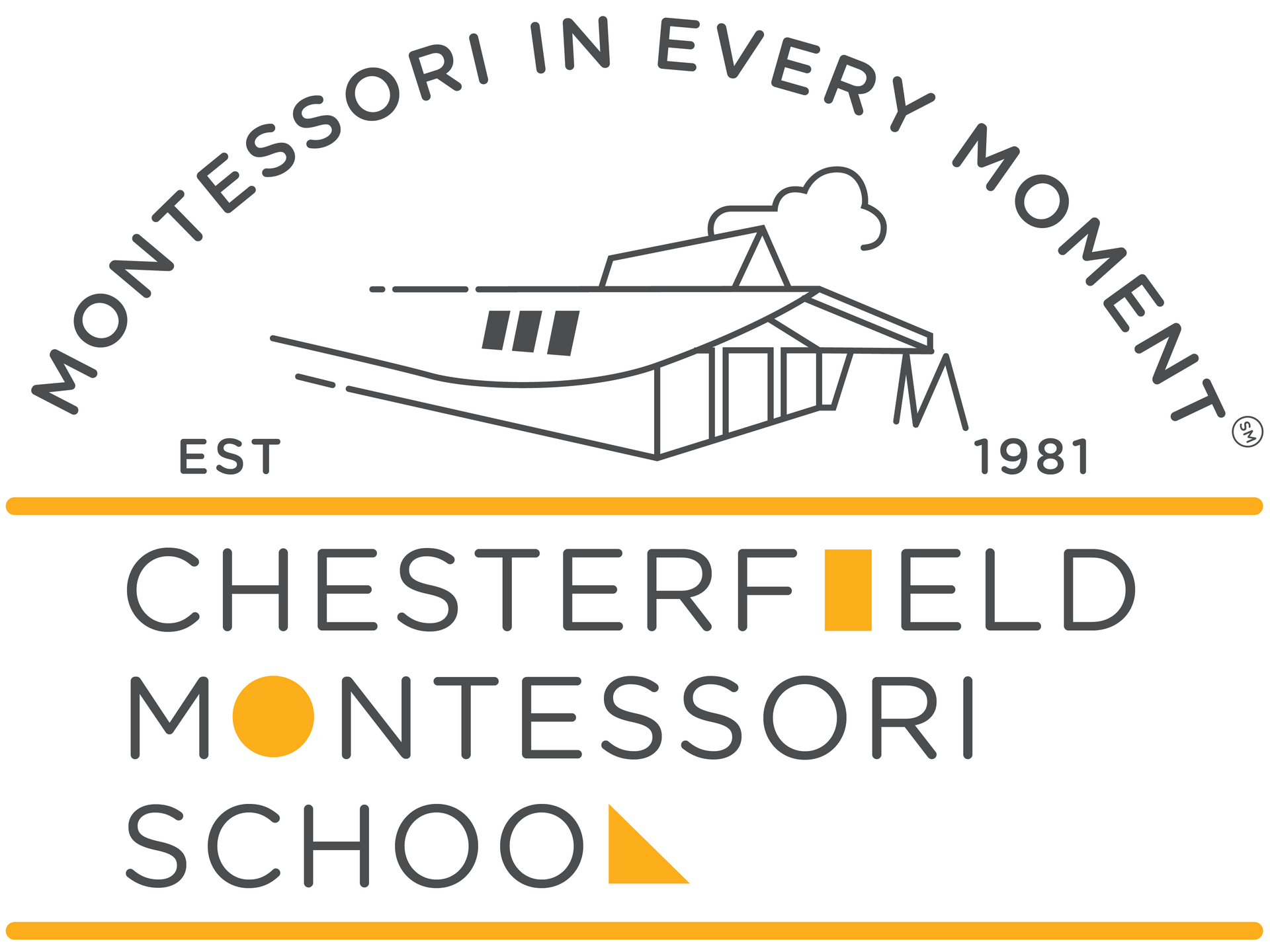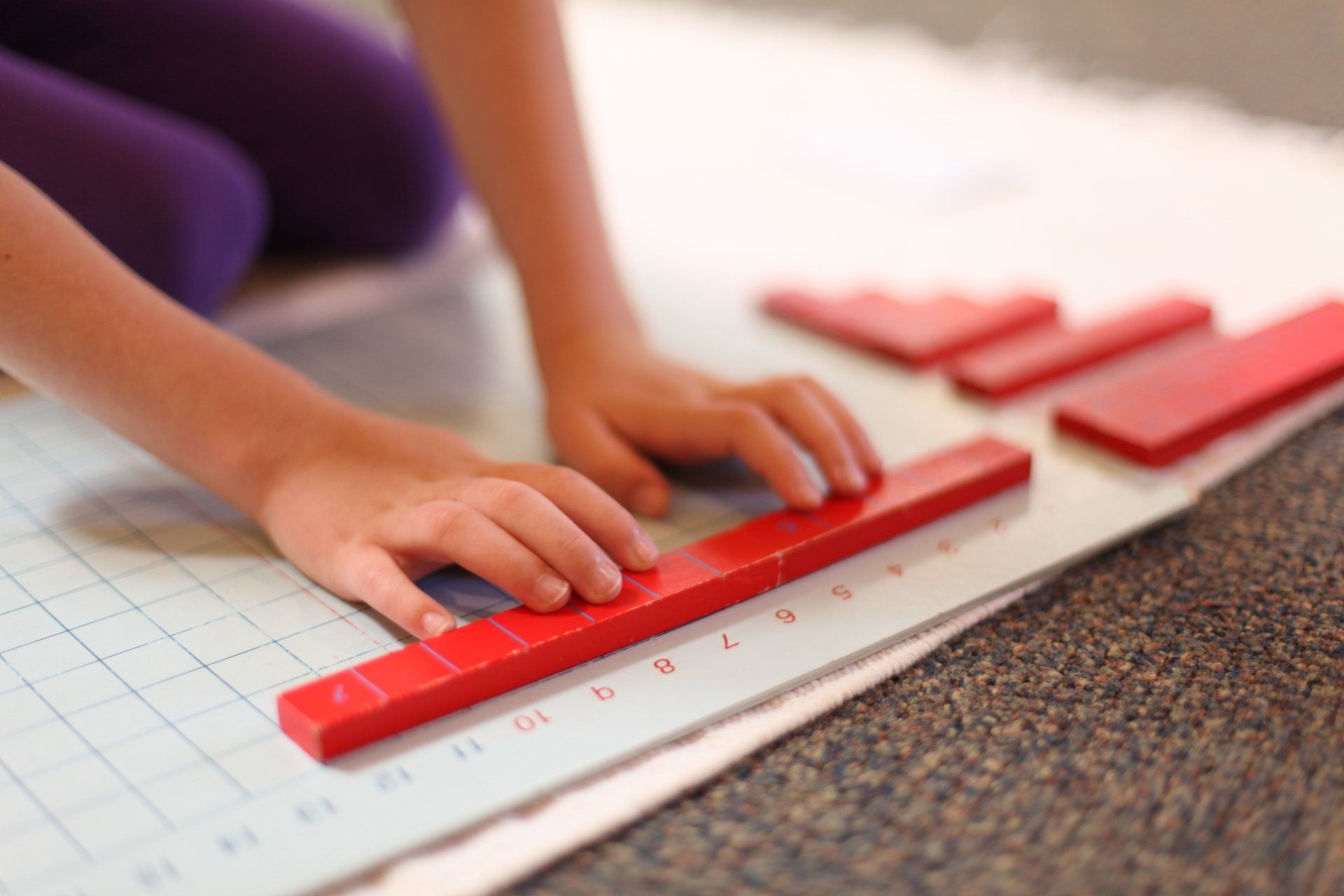
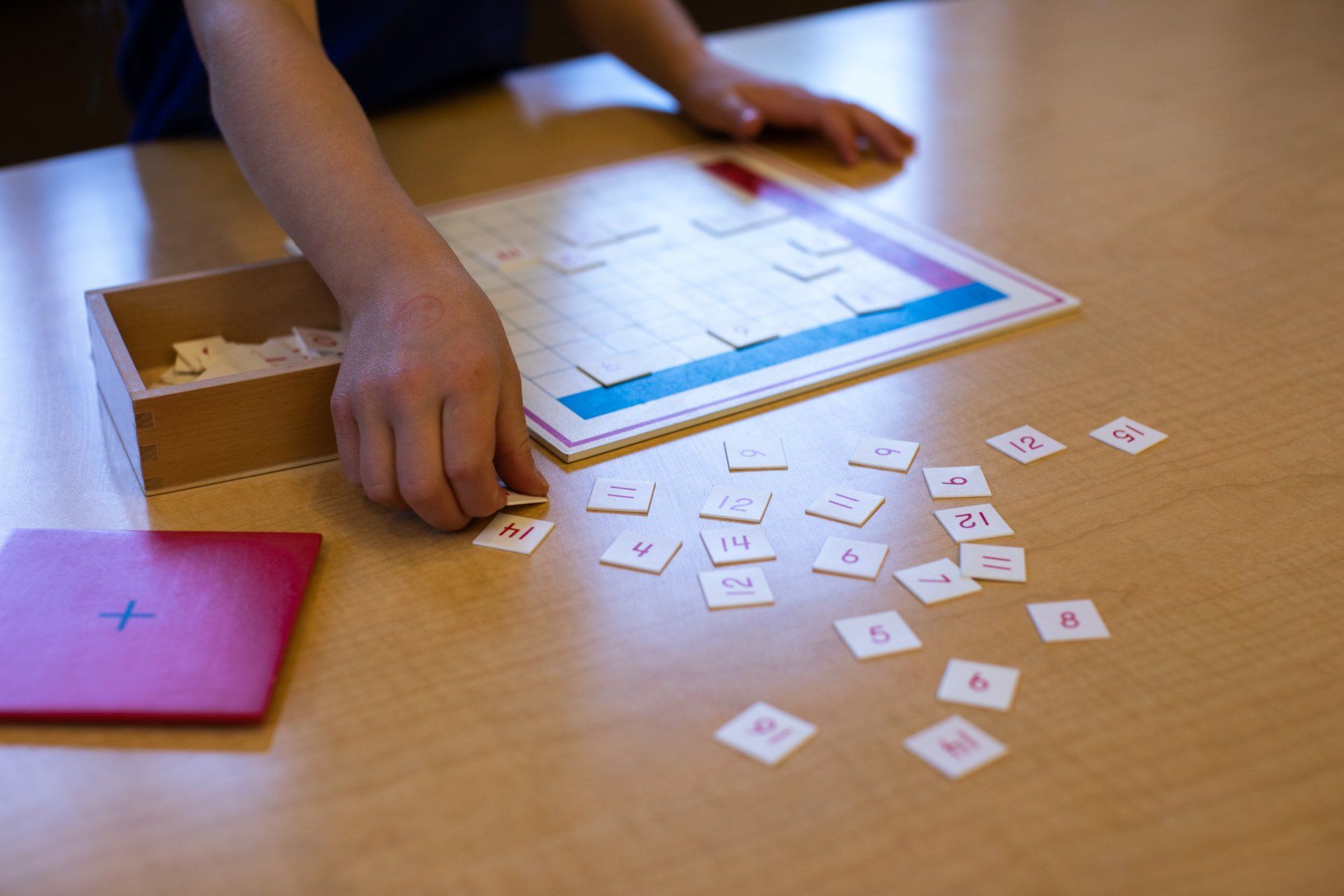
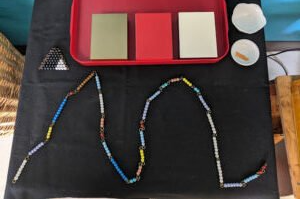
It’s rare to find anything that’s required to be memorized in a Montessori school. We would much rather teach our students why various things are, than have them learn rote processes that mean nothing to them. Math facts, however, are the exception to this rule…sort of.
Memorizing one’s basic math facts looks a bit different in a Montessori classroom. Instead of the traditional flashcards-and-timed-drills approach, children learn a series of strategies that appeal to them, while still reaching the ultimate academic goal.
Memorizing facts is essential to solid numeric understanding, as well as preparation for efficiently completing more complicated problems later on. This process is started when children are young, and CMS uses specialized materials to help them feel and envision what the numbers are doing.
Addition Strip Board
Pictured here is the first material intended to be used while teaching children to memorize their addition facts. It includes a wooden, gridded board with numbers across the top. Numbers one through ten are written in red, followed by a red vertical line drawn down the board, and numbers eleven through eighteen written in blue. The material also includes a box filled with wooden blue and red strips in varying sizes to be used on the board.
There are many ways to use this board, and CMS guides gradually walk the child through a series of lessons to teach different skills. The basic concept involves the child laying out one wooden strip on the board, then laying another beside it. This allows them to clearly see something like 7+3=10.
Addition strip board lessons may include:
- A first exercise introducing the child to the material and the basics of using it.
- Random selection and adding of numbers from a box.
- Combinations of a number (e.g. ways to make ten)
- Combinations with zero
- Doubling numbers
The addition strip board may be introduced during the kindergarten year, but is used during the first year of lower elementary as well, or longer if a child needs it.
The Addition Charts
The addition charts are another material that aids children on their path to memorization. The addition charts include four square working charts, two larger rectangular control charts, and a box of numbered tiles for one of the square charts. To decode, the child will complete the work using one of the square charts and use the control chart to check their answers.
The first working addition chart used is what you might imagine having used on paper when you were a child. Numbers one through ten go across the top in blue and also down the left side in red. Answers fill in the grid across the rest of the board, so that if you slide your finger down from the seven on top and right from the three on the left, you will arrive at the answer – ten – in the middle. Children can use this as a way to check their answers, as they use the addition strip board.
The next working chart is known as Addition Chart IV. This chart shows all possible combinations. This means there is significant blank space and children get an introduction to the commutative property. This particular visual helps the child see more patterns within the number facts than they may have previously.
The next working chart is known as Addition Chart V, featuring each sum only once. The child is at this point required to complete even more independently, but as always, can rely on a control chart to check their answers if need be. These control charts are often nearby but flipped upside down by the child to self-encourage and figure out the answers on their own whenever possible.
The last working chart, known as Addition Working Chart VI, is essentially the same but with the center numbers left blank. Children can use this as they use the strip board, creating the problem on the strip board and then filling it in on the working chart, or they can use the working chart on its own, attempting to fill in all the blank spaces with the correct tiles.
The (Addition) Snake Game
There are multiple snake games used in the Montessori math curriculum, yet this is the first. A major aim of this snake game is to revisit the concepts of making ten and exchanging for ten. It is used after children have had sufficient time to use the other addition memorization materials and have begun to memorize some of the facts.
The material consists of three wooden boxes. One contains golden ten bead bars, another contains various colored bead bars for numbers one through nine, and the third contains black and white bead bars that will be used as place holders.
The child may lay out bead bars randomly, or they may follow along with cards given by the guide to complete a problem such as 4+2+8+1+7+9=. The colorful bead bars will be laid out in a zigzag formation, taking on a snake-like appearance. The child will start at one end and count beads until they get to ten, then use the golden ten bars and black and white place holders to take the place of the colored bead bars. This continues until the snake has been all counted up, and the child can count by tens and the remainder to find the answer.
We hope that this article helps explain something new about how math and memorization is taught in our Montessori classrooms. Want to see the materials in person? Reach out today! We would love to set up a time for you to observe in a classroom to see the materials in action, and perhaps have a follow-up meeting with your child’s teacher.

